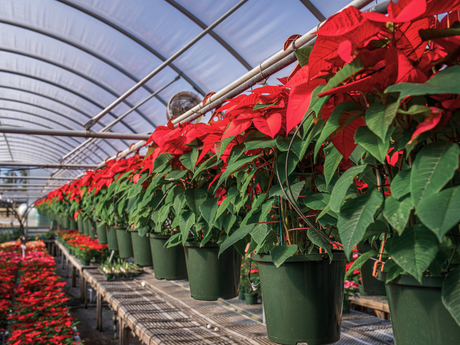Water
After a freeze, check the soil around your plants. Plants may not be getting the water they need if the soil has dried out or if the water in the soil is frozen. Watering the area can help defrost the soil and provide your plants with an available source of moisture. Even injured plants need water.
Fertilizer
While you may be tempted to add a little fertilizer to your plants to help speed their recovery hold off. If you fertilize too early you could encourage new growth before cold weather has gone. It's best to wait until spring to begin fertilizer application. Once the danger of frost has passed, an application of fertilizer can help speed recovery.
Pruning
Don't prune cold-damaged plants right away. The dead foliage looks bad, but will help insulate plants from further injury. In the spring, assess the extent of the damage by scraping the bark with your fingernail. Cold-injured wood will be black or brown under the bark. To be certain where to prune, wait until plants begin to sprout new growth. Herbaceous plants like impatiens and begonias that are damaged by the cold may collapse. If this happens, it's best to cut them down and remove the plants to prevent fungal or bacterial problems from arising as they decay. source: https://gardeningsolutions.ifas.ufl.edu/care/weather/treating-cold-damage.html








